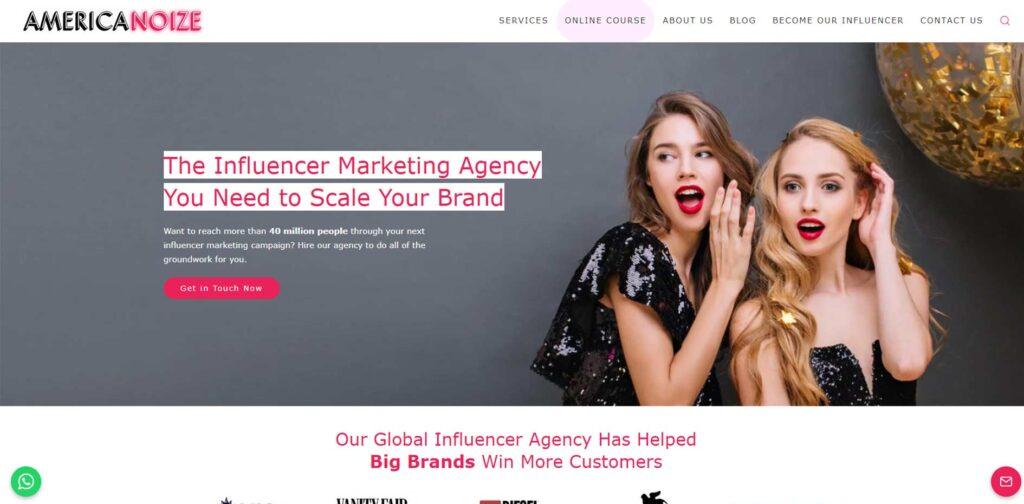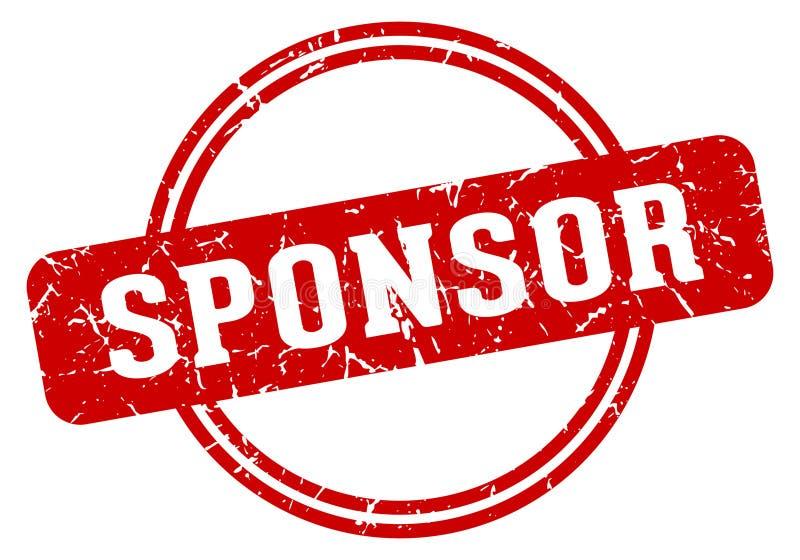
In the vibrant realm of social media, where creativity meets commerce, YouTube influencers have emerged as powerful players in the advertising landscape.With millions of subscribers and dedicated followers, these content creators wield the capacity to shape opinions, drive trends, and impact consumer behavior like never before. However, with great influence comes significant responsibility, particularly when it comes to navigating the intricate legal frameworks that govern advertising practices. As brands clamor to collaborate with the next viral sensation, understanding the nuances of influencer marketing law is essential. This article delves into the legal landscape surrounding YouTube influencer ads, providing insights into compliance, disclosure requirements, and the potential pitfalls that creators and brands must avoid to foster authentic relationships with their audiences. Join us as we unpack the key guidelines and best practices that can help influencers and marketers alike navigate this ever-evolving digital frontier.
Understanding Regulatory Frameworks for Influencer Marketing
As the digital ecosystem evolves, so too do the regulations governing influencer marketing, especially on platforms like YouTube. Understanding the regulatory landscape is crucial for both creators and brands. At its core, these frameworks aim to promote clarity and consumer protection, ensuring that advertisements are clearly distinguished from organic content. Key guidelines include:
- Disclosure Requirements: Influencers must clearly disclose paid partnerships, sponsorships, or affiliate relationships to avoid misleading their audience.
- Truth in Advertising: All claims made in advertisements must be truthful and not misrepresent the product or service.
- Target Audience Considerations: Companies should be mindful of their audience, particularly younger viewers, adhering to specific regulations that protect minors.
Regulatory bodies, such as the Federal Trade Commission (FTC) in the United States, have established guidelines to help navigate these complexities. Influencers and brands should stay informed about local laws and international regulations, as non-compliance can lead to significant repercussions. Below is a simple overview of key regulatory aspects:
| aspect | Description |
|---|---|
| Disclosure | Must be clear, conspicuous, and easy to understand. |
| Material connections | Any paid relationship or incentive must be disclosed. |
| Endorsements | Must reflect the honest opinions of the influencer. |

Best Practices for transparent Sponsorship disclosure
In the ever-evolving world of influencer marketing, effective sponsorship disclosure is critical to maintaining trust and compliance with legal standards. Creators should adopt a clear and concise approach, ensuring that their audience understands when a video is sponsored. This can be achieved by incorporating disclosure at both the front and back ends of video content,as well as in the description section. Using visual indicators such as “Sponsored,” “Paid Promotion,” or similar labels can reinforce transparency. Additionally, it’s advisable to use consistent phrases across all platforms to avoid confusion.
Another best practice is to consider the placement of disclosure within the video. placing a visual disclaimer at the start of the video, paired with a verbal confirmation during the introduction, can reinforce the message. Moreover, utilizing the comment section to further clarify any sponsorship arrangements, if relevant, can showcase a commitment to transparency. Remember, effective dialog is key, and by encouraging open dialogue with viewers, influencers can cultivate a loyal audience while remaining compliant with advertising regulations.

Analyzing Contracts and Agreements with Brands
Understanding the nuances of contracts with brands is vital for any YouTube influencer. These agreements frequently enough contain intricate terms that can substantially impact a creator’s career trajectory. Key elements to watch for include:
- Compensation Structure: Make sure the payment terms are clearly outlined, whether it be per video, bonus metrics, or commission-based.
- Content Restrictions: Pay close attention to any limitations on the type of content you can create or promote.
- Duration of the Agreement: Check how long you are committed to working with the brand and what happens if you want to opt out early.
- Intellectual Property Rights: Clarify who owns the content created and whether you can repurpose it across other platforms.
Additionally, it’s crucial to comprehend clauses that address potential liabilities and dispute resolutions. These provisions protect both the influencer and the brand and can help maintain a professional relationship. Consider evaluating the following factors over a simple contractual checklist:
| Aspect | Importance |
|---|---|
| Exclusivity Clauses | Limits partnerships with competing brands |
| Indemnification | Protects against legal claims |
| Termination Conditions | Defines how either party can exit the agreement |

Mitigating Risks and Legal Challenges in Influencer Collaborations
In the realm of influencer marketing, establishing clear and concise agreements is paramount to mitigate potential risks.This includes delineating the responsibilities and expectations of both parties, which should be explicitly documented in a contract. Key elements to discuss in these contracts may include:
- Content Guidelines: Define the tone,style,and subject matter of the content to ensure it aligns with brand values.
- Payment terms: Specify payment methods and timelines to avoid misunderstandings.
- Disclosure Requirements: Ensure that influencers adhere to FTC guidelines for sponsored content.
- Termination Clauses: Outline the conditions under which the collaboration can be terminated by either party.
Additionally, brands must be vigilant in monitoring the influencer’s content and audience interaction. Regular audits of posted materials can definitely help catch any potential compliance issues early. Companies should also consider creating a crisis management plan to address any backlash or negative publicity swiftly. Some strategies to include in your plan are:
| Strategy | Description |
|---|---|
| Rapid Response Team | Designate a team to address issues as they arise. |
| monitoring Tools | Utilize tools to monitor brand mentions and influencer content. |
| Feedback Protocol | Establish a process for receiving and addressing audience feedback. |
To Wrap It Up
In the ever-evolving world of digital marketing,navigating the legal landscape of youtube influencer ads is more crucial than ever. As content creators and brands continue to forge partnerships that drive engagement and authenticity, understanding the legal obligations behind these collaborations is paramount. By staying informed about regulations, disclosures, and ethical considerations, influencers can cultivate trust with their audience while ensuring compliance with the law.
As we conclude this exploration, remember that the key to accomplished influencer advertising lies in transparency and responsibility. The rules of the game may be complex, but with the right knowledge and practices, influencers can thrive in an environment that not only respects legal boundaries but also elevates their creative expression. Embrace the challenge, arm yourself with knowledge, and let your unique voice resonate—responsibly—through the vibrant world of YouTube.